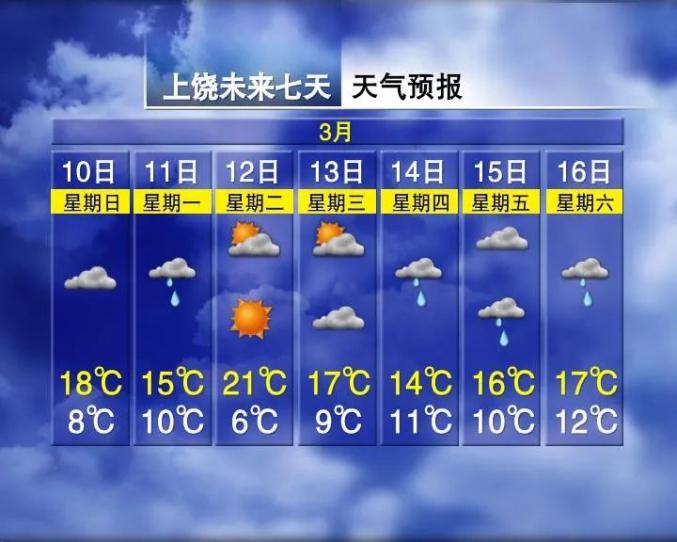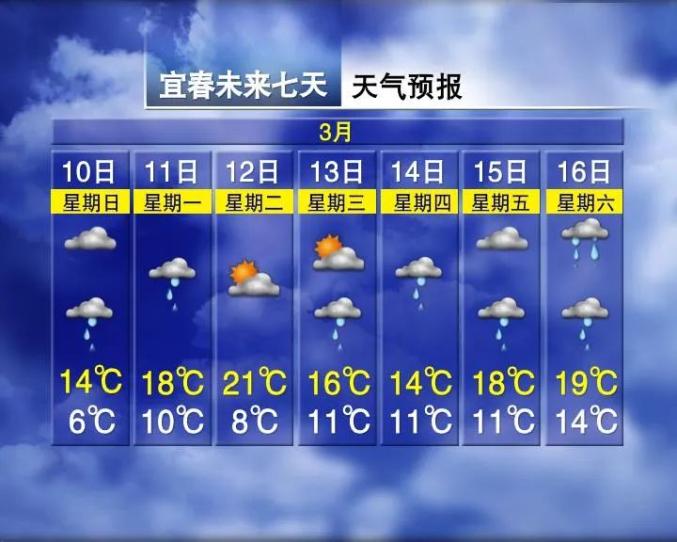recently
Pediatrics in many hospitals
Look at the children with fever and cough
There is a long queue.
Outgoing from many places
News of Children’s "Mycoplasma Pneumonia" Case
There are still some babies
If you are not careful, you will become a "white lung."
What are the symptoms of mycoplasma pneumoniae pneumonia?
How to distinguish, prevent and treat?
Not bacteria, not viruses.
But it can cause severe pneumonia
According to media reports, recently in Wuhan, a 10-year-old boy Xiaoyang had a high fever for more than 10 days, and was transferred to pulmonary hospital, Wuhan, after many days of ineffective medication in primary hospitals. The culprit that doctors quickly locked in-not bacteria, not viruses, but a microorganism called mycoplasma.
△ White lung appears in two thirds of the right upper lung.
Yang Qing, deputy director of the Second Respiratory Ward in pulmonary hospital, Wuhan, clarified that CT examination revealed that the child’s right lung was "massive consolidation", which is often referred to as "white lung". Through relevant examination, Xiaoyang was positive for mycoplasma antibody and positive for mycoplasma pneumoniae nucleic acid, and was immediately diagnosed as mycoplasma pneumoniae pneumonia.
△ The lung of patients with mycoplasma infection is like a tree mist.
At present, Xiaoyang’s condition has been controlled and tends to recover.
What is mycoplasma?
What disease is mycoplasma pneumonia?
Mycoplasma is a microbial pathogen other than bacteria and viruses.
The "mycoplasma" referred to by pediatricians usually refers to mycoplasma pneumoniae. Its "head" is between bacteria and viruses, with a diameter of 2 ~ 5 microns.
Infection with mycoplasma pneumoniae, in severe cases, may lead to children suffering from mycoplasma pneumonia.
Some children with mycoplasma pneumonia may even have "white lungs".
This is because mycoplasma pneumoniae can stimulate the immune response in human body. From the patient’s chest radiograph, we can see "white lungs" with different sizes.
This is not to say that there are all "mycoplasma", but mainly immune damage and inflammatory infiltration stimulated by mycoplasma.
It can be said that mycoplasma pneumonia is pneumonia caused by infection and immune response.
Yang clarified that mycoplasma infection often causes respiratory tract infection, often pharyngitis and bronchitis, which is like a cold. Some of them are self-limited and some have intractable dry cough. In severe cases, they can develop into pneumonia or even severe pneumonia. Patients like Xiaoyang will develop into local "white lungs" or even more serious situations.
He reminded that mycoplasma infection must be taken seriously. When symptoms similar to the common cold appear, such as cough and fever, they need to seek medical advice in time if they are not improved after two or three days of treatment.
How is mycoplasma pneumoniae spread?
Mycoplasma pneumoniae is mainly transmitted by droplets and direct contact.
The oral and nasopharyngeal secretions of patients with cough, sneezing and runny nose can carry pathogenic pathogens. Close contact or inhalation of aerosols may be "recruited".
After infection with mycoplasma pneumoniae, the incubation period is 1 ~ 3 weeks.
However, patients can also "detoxify" 2 to 8 days before onset, that is, during the incubation period. Acute attack, not to mention.
Children and adolescents are susceptible to mycoplasma pneumoniae.
Mycoplasma pneumoniae infection, you will get pneumonia?
Although there are some detours, but: Mycoplasma pneumoniae infection ≠ Mycoplasma pneumonia.
Some patients have no symptoms after infection, or only mild symptoms of upper respiratory tract infection, similar to a cold, and can heal themselves.
Of course, most children with mycoplasma infection will have fever (mainly moderate to high fever) and cough (paroxysmal dry cough and severe cough), which may be accompanied by headache, runny nose, sore throat and earache.
△ Symptoms of mycoplasma pneumoniae infection. Source: publicity platform for basic public health service projects
There are research data showing that-
About 10%~40% of children with respiratory tract infection caused by mycoplasma pneumoniae will develop pneumonia, which is more common in children aged 5 years and above.
Therefore, if the child has a high fever (fever for more than 3 days) and a severe cough, it is best to go to the hospital in time.
If you have a baby at home, you should pay special attention to it: the symptoms of infants and young children are relatively severe, and wheezing or dyspnea may occur. If you find anything unusual, you should see a doctor as soon as possible.
A word of caution.
The child has a fever that persists repeatedly. Even if there is no cough or less cough, it is recommended to go to the hospital for treatment.
This is because mycoplasma causes "white lung" quickly and early, while cough symptoms often appear late; In the early days, it is even possible that doctors can’t hear pneumonia when they are auscultated.
Therefore, for older children who have a fever for more than four or five days repeatedly, doctors generally recommend taking a chest X-ray to see if there is pneumonia.
To prevent mycoplasma infection, what vaccine is effective?
At present, there is no vaccine to prevent mycoplasma pneumoniae infection.
Moreover, if you are infected with mycoplasma pneumoniae, you may be infected again after recovery.
In order to prevent it, these points should be done well:
Wear a mask: in the popular season, try to avoid going to crowded and poorly ventilated public places, and wear a mask when you have to go. Wash your hands and face carefully and pay attention to hand hygiene when you go home from public places.
Wash your hands frequently: Wash your hands under running water with soap or hand sanitizer for more than 20 seconds before and after meals and going home.
More ventilation: often open windows at home to keep the environment clean and ventilated. Open the window for ventilation 2~3 times a day, 20 minutes each time.
Nutritional balance: insist on physical exercise, ensure adequate sleep, reasonable diet, ensure adequate nutrition, and improve the body’s immunity and resistance.
Protection: If family members have fever, cough and other symptoms, children at home are the most vulnerable to cross-infection. It is recommended to wash hands and wear masks to avoid taking care of children.
Pay attention to children’s health
Take protective measures.
Please see a doctor in time if necessary.
Comprehensive Shenzhen Children’s Hospital, Jimu News, News Square, etc.
Source: Nanfang Daily
























 The custom of Lantern Festival — — Lion dance (data map)
The custom of Lantern Festival — — Lion dance (data map)
































